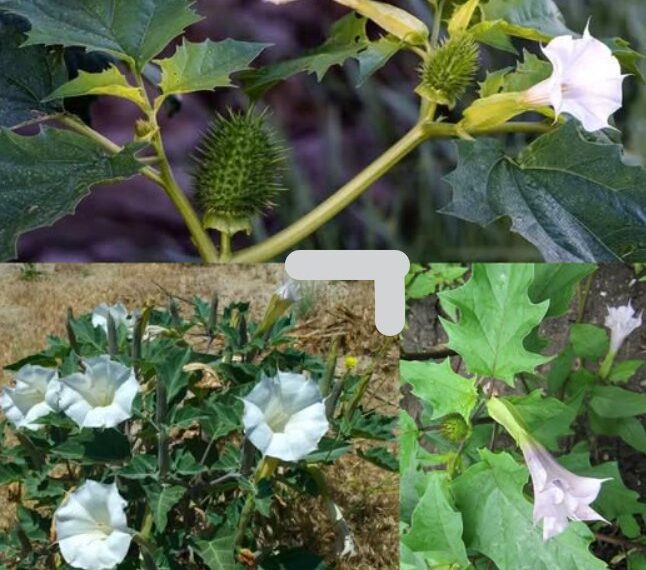Gardens are places of beauty, nourishment, and peace. They’re where we cultivate food, flowers, and memories. Yet hidden among the roses and herbs, there are plants that—while beautiful—harbor a darker side. Some of the most popular and ornamental species grown in home gardens around the world are, in fact, toxic. Dangerous. Even deadly.
It seems like a contradiction: why would we plant something that could harm us, our children, or our pets? The answer lies in a blend of history, aesthetics, ignorance, and nature’s complex chemistry.
Today, we dive into the world of toxic garden plants—with a focus on those that are surprisingly common, deceptively beautiful, and potentially harmful. By understanding them, we can strike a balance between admiration and caution, and learn to garden with greater awareness.
The Dangerous Beauty of Ornamental Plants
From the classic foxglove to the elegant oleander, some of the most visually stunning plants in our gardens are also the most toxic. These plants have evolved potent chemical defenses over thousands of years—not to hurt humans, but to deter herbivores, insects, and fungi.
Yet ironically, these chemical compounds have not stopped us from inviting them into our homes and gardens. Why? Because they’re stunning. Dramatic. Exotic. Many have fragrant blossoms, rich colors, or unique architectural shapes. Their danger often hides behind a mask of beauty.
Oleander: A Pretty Poison
Let’s start with one of the most infamous examples: Nerium oleander.
Native to the Mediterranean but now grown all over the world, oleander is a favorite for landscaping in warm climates. Its long blooming season, fragrant flowers, and drought resistance make it ideal for gardens, parks, and roadsides.
But here’s what many don’t realize: every part of the oleander plant is toxic—leaves, flowers, stems, roots, and even the nectar.
Oleander contains powerful cardiac glycosides, including oleandrin and neriine, which can disrupt heart function. Ingesting even a small amount can lead to symptoms like nausea, vomiting, irregular heartbeat, seizures, and, in severe cases, death.
Cases of oleander poisoning have been reported in children who played with the flowers, pets that chewed on the leaves, and even adults using the plant in traditional remedies.
And yet—it continues to be planted.
Other Common Toxic Plants You Might Have in Your Garden
Next page





